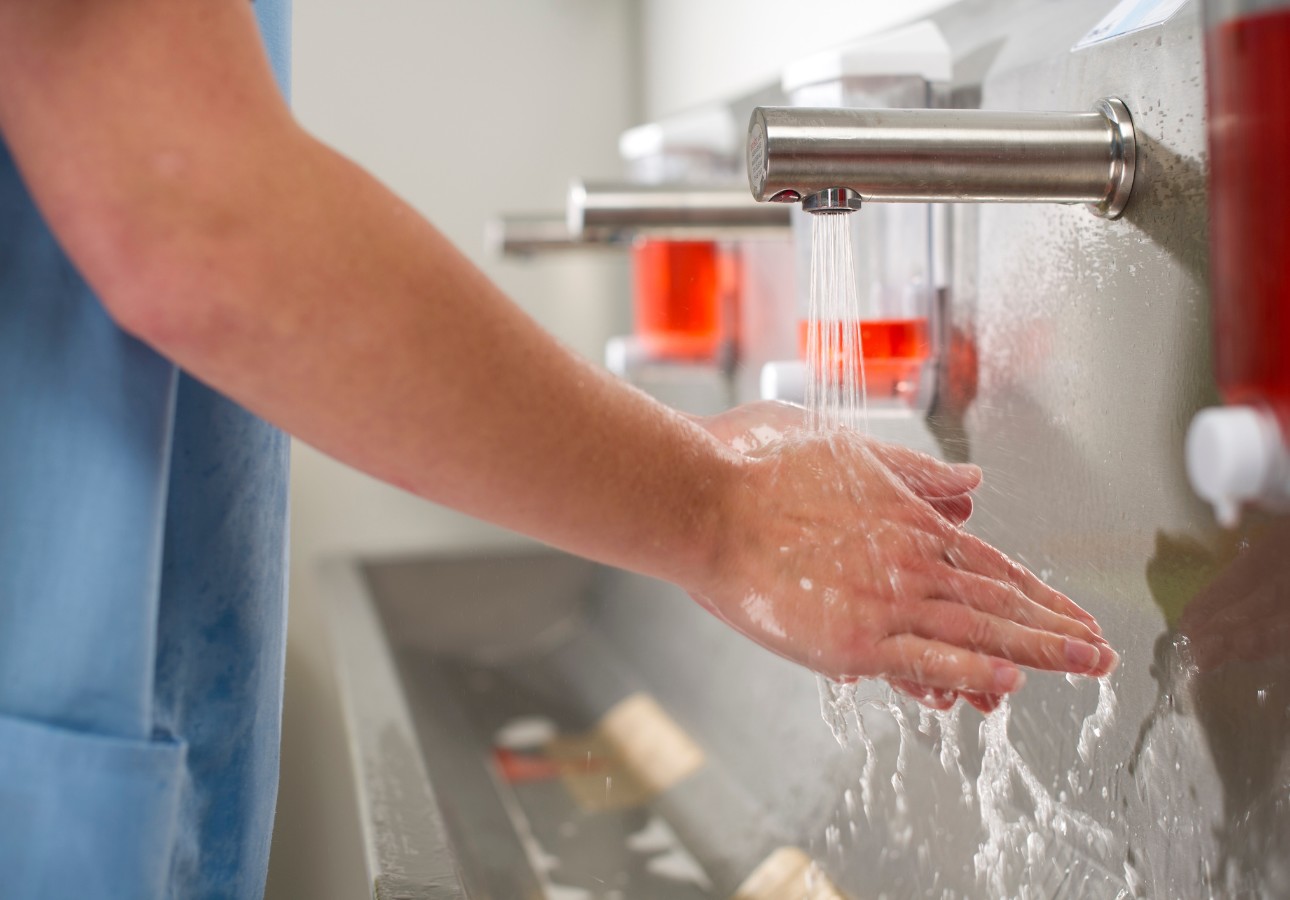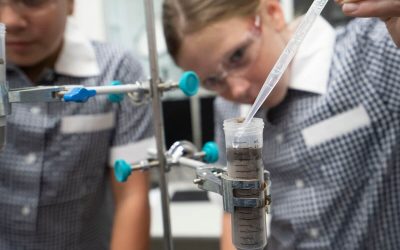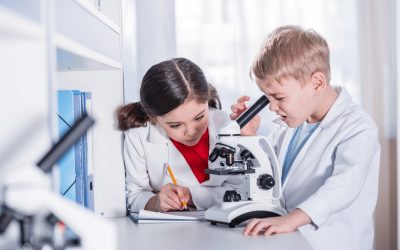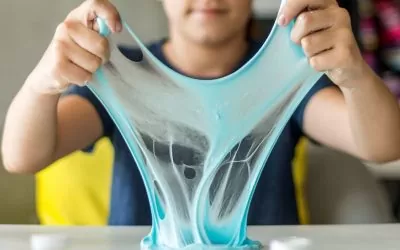Over the last few years, we have learnt more and more about how you should be washing your hands. Making sure you have good hand hygiene is extremely important and a large part of preventing the spread of diseases. But how do we know to wash our hands and how does it stop disease spread.
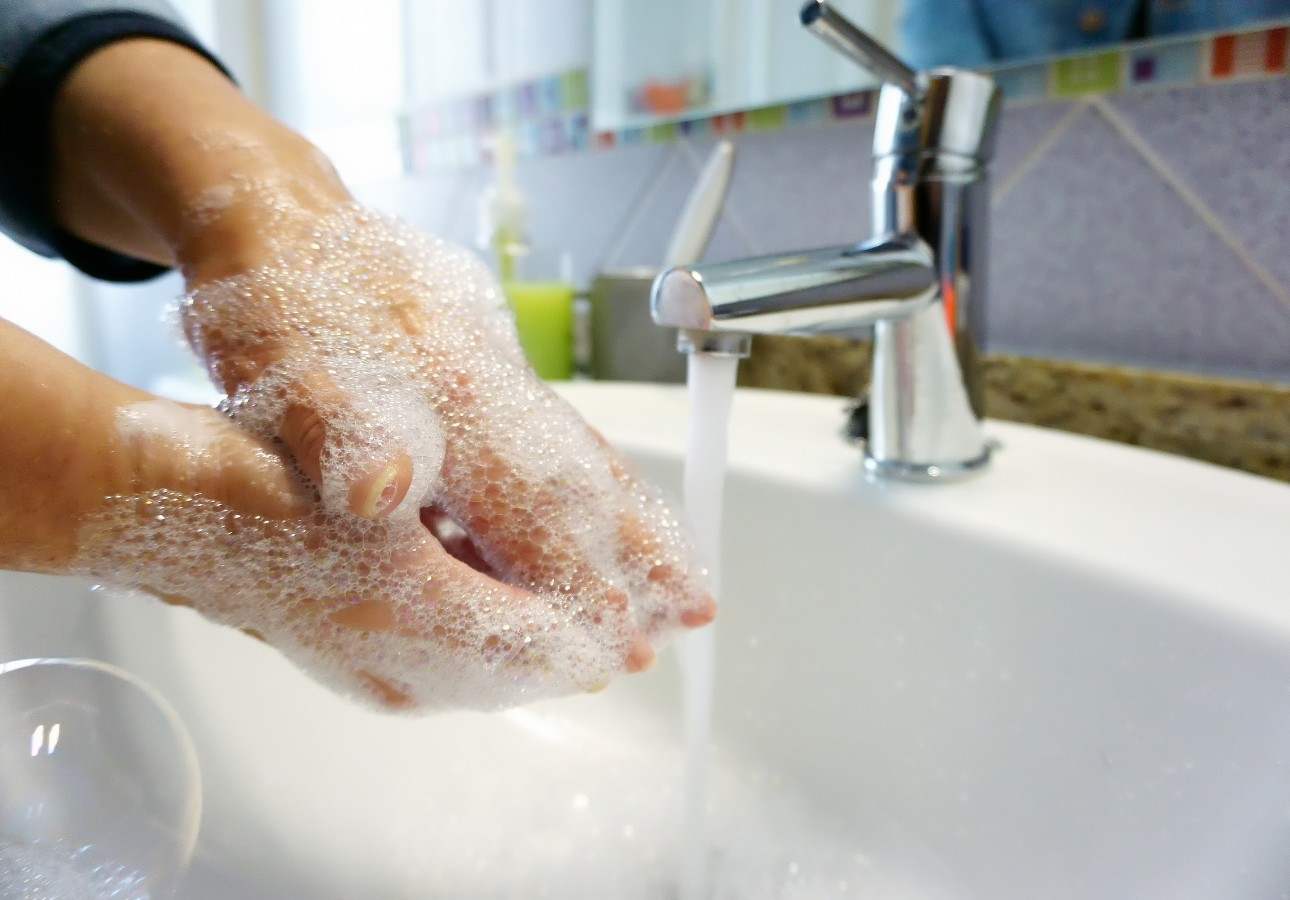
The History of Handwashing
Everyone knows to wash their hands but to understand HOW we know to wash our hands we need to go back 180 years! Our story starts with Ignaz Semmelweis in 1848. Semmelweis was a Hungarian doctor who worked in the maternity ward in the Vienna General hospital and he had noticed that his ward had a lot more cases of childbed fever than the nearby midwife-run clinic. So Semmelweis wanted to know why.
In the 1840s, germs had yet to be discovered so Semmelweis was not sure what the possible cause could be. Doctors would be going from the morgue to the maternity ward without washing their hands and did not know the issues this could be causing. Ignaz noticed that the midwives regularly washed their hands in-between births and so he tested his theory and saw much better health for the patients in his ward. Unfortunately, most other doctors did not like this and did not want to wash their hands so it was not until 1857 when Louis Pasteur raised awareness of pathogens and how they could be killed with heat that germs really became a thing.
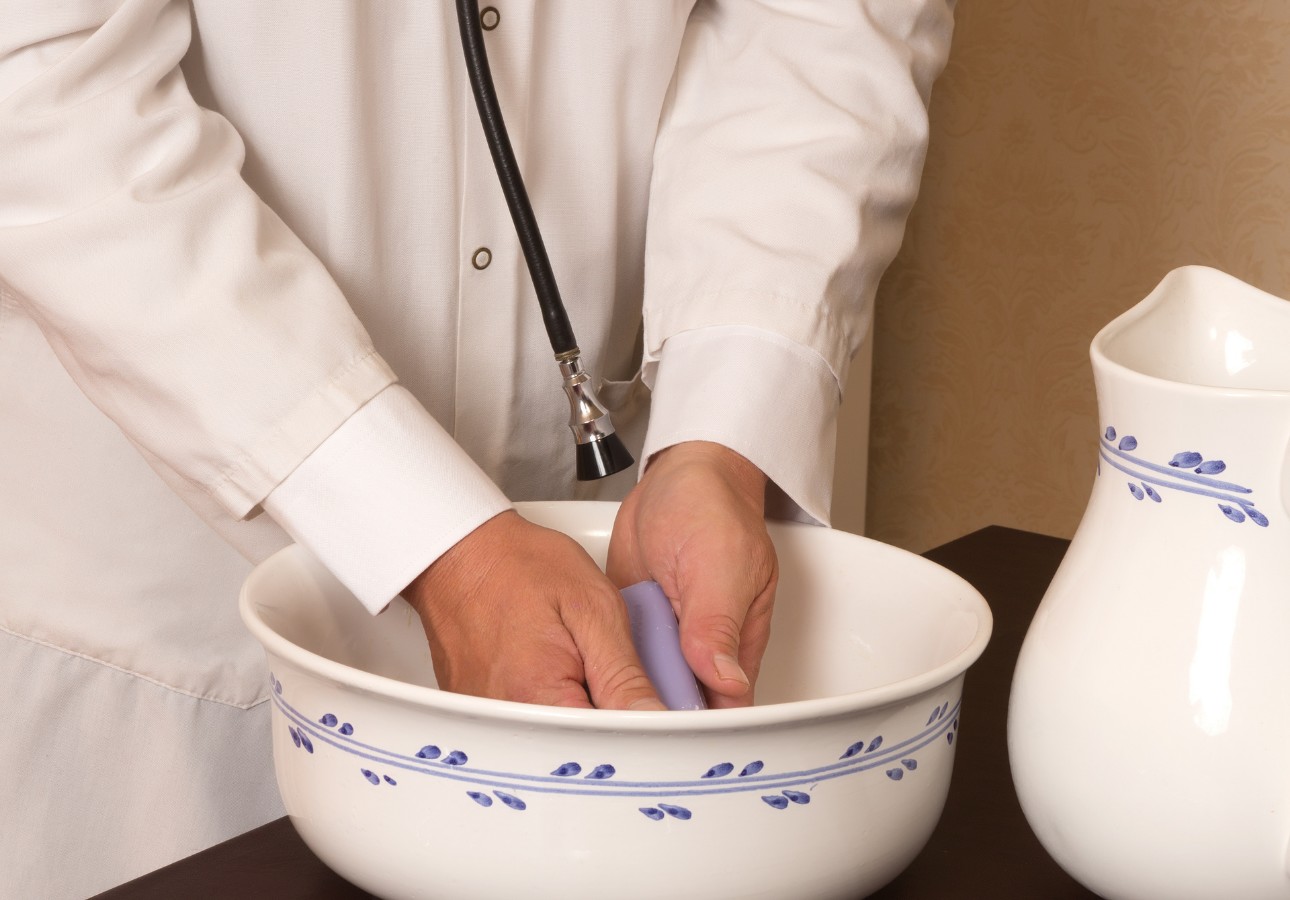
Pasteur’s work was continued in 1876 when German scientist, Robert Koch, discovered anthrax bacillus and quickly after the scientific community discovered cholera, tuberculosis, diphtheria, and typhoid. This is when surgeons and doctors started to regularly wash their hands as doctors realised that germs could be spread through touch.
Then at the start of the 20th century, campaigns were launched around tuberculosis and taught school children about washing their hands and keeping clean. People became very aware of germs and the ways they could spread and handwashing became a part of everyday life.
How Does It Work?
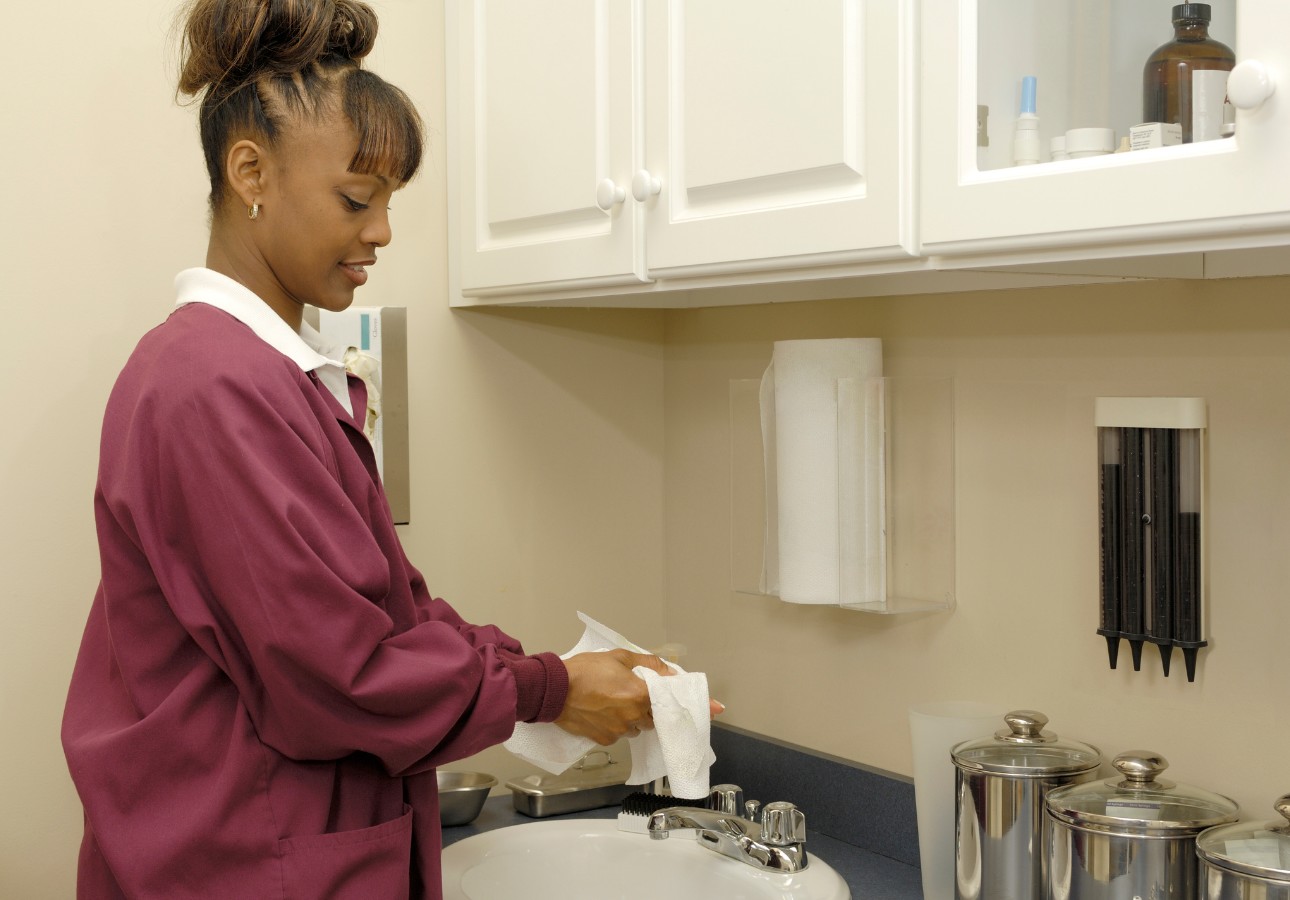
Your hands can spread a lot of germs as you touch a lot of surfaces with your hands and then often touch your face which allows diseases to spread. Hand washing looks to remove germs and dirt from your hands using soap and water. When you wash your hands, the soap suspends the dirt and contamination. The friction of rubbing your hands together and creating bubbles pulls the dirty or greasy soils free from your skin and after you have made sure you have scrubbed all over your hands, running them under the water washes away the dirt and germs. When you finally rub your hands together under the water, it washes away even more germs.
Hand Sanitiser vs Hand Washing
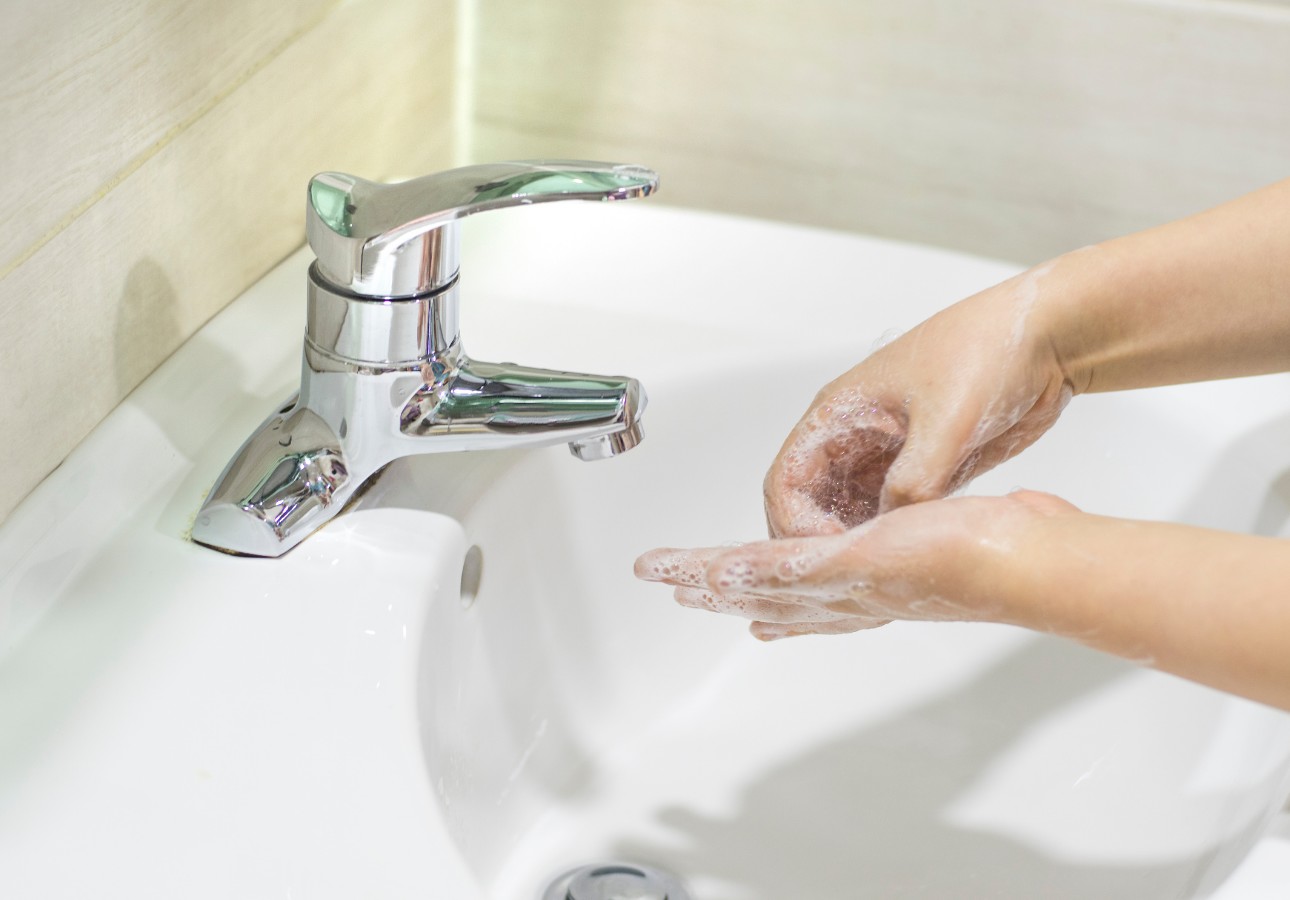
There are benefits to hand washing and hand sanitiser but when it comes down to it, hand washing is the way to go. While hand sanitiser is helpful to have on hand, it is not as effective as washing your hands with soap and water. Soap and water are proven to be more effective against most pathogens especially as many hand sanitisers are below the recommended minimum 60% alcohol content.
The solution is not to use just one or the other; it is better to use both. Hand washing is good but sometimes it is not possible to find a place to wash your hands. In that case, it is good to have some 60% alcohol hand sanitiser that you can use in those times that you cannot wash your hands.
Want to Learn More Science? Bring in Street Science!
Street Science has a great recipe for hand sanitiser on our website but if you want to learn more about science, check out Street Science workshops! We also have amazing at-home kits you can try out available in our shop. We also have workshops for all ages from Kindergarten to Grade 10! To book a workshop, check out our online booking system or contact our team to learn more!

